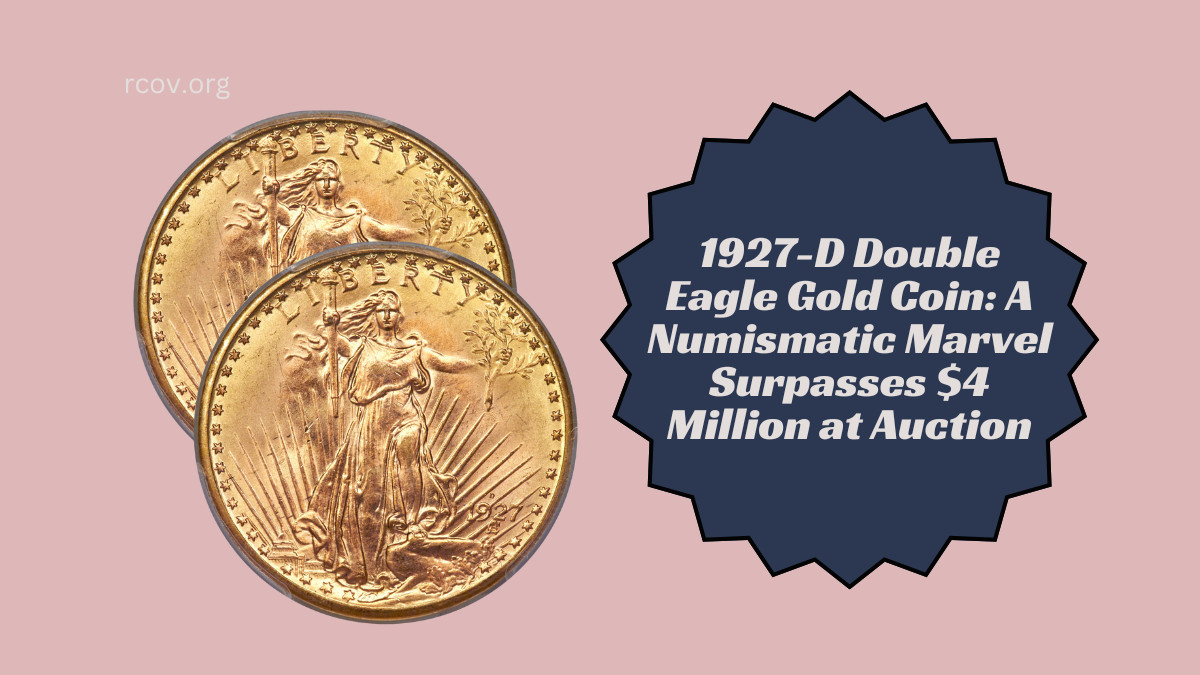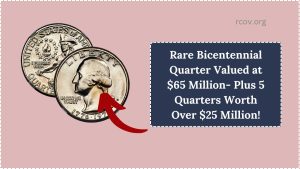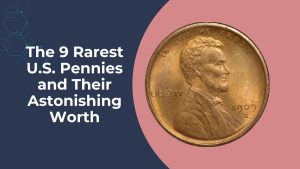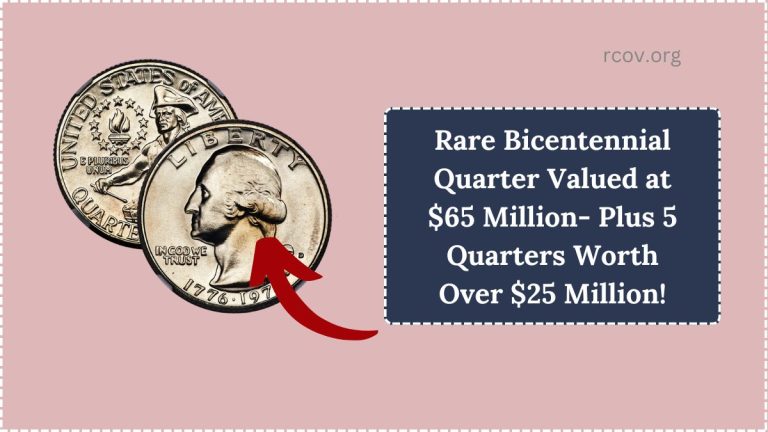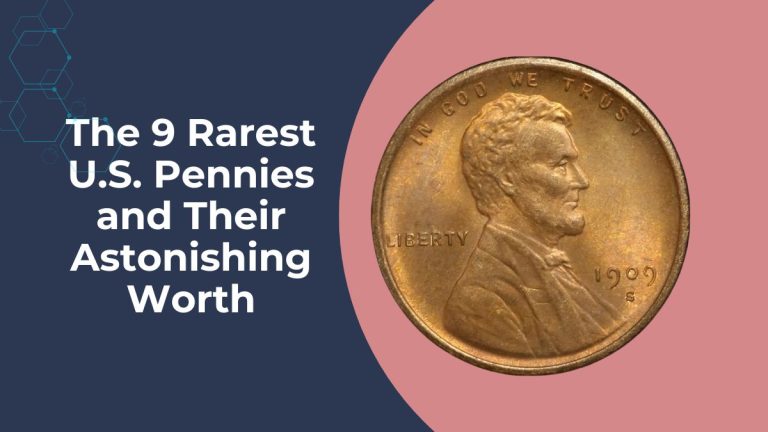The 1927-D Saint-Gaudens Double Eagle, a pinnacle of numismatic rarity, has once again captured the spotlight. In August 2022, a specimen graded MS66 by the Professional Coin Grading Service (PCGS) realized an astounding $4.44 million at a Heritage Auctions event.
This sale underscores the coin’s esteemed status among collectors and investors.
Historical Context and Rarity
Minted in 1927 at the Denver Mint, the 1927-D Double Eagle had an original mintage of 180,000 coins. However, the vast majority were melted down following the gold recall of 1933, leaving only a handful in existence today. Estimates suggest that between 14 to 15 specimens have survived, with most in Mint State condition.
Design and Specifications
Designed by the renowned sculptor Augustus Saint-Gaudens, the Double Eagle features:
- Obverse: A full-length depiction of Liberty holding an olive branch and a torch, with the U.S. Capitol building in the background.
- Reverse: A majestic eagle in flight above the rising sun, symbolizing the nation’s ascent.
The coin’s specifications are as follows:
| Specification | Details |
|---|---|
| Denomination | $20 (Double Eagle) |
| Composition | 90% Gold, 10% Copper |
| Weight | 33.436 grams |
| Diameter | 34.00 millimeters |
| Edge | Lettered: “E PLURIBUS UNUM” |
Market Performance and Auction Records
The 1927-D Double Eagle has consistently achieved record-breaking prices at auctions:
- April 2022: An MS66 example sold for $4.4 million.
- August 2022: Another MS66 specimen realized $4.44 million at Heritage Auctions.
These figures highlight the coin’s exceptional desirability and the robust demand among collectors.
Factors Contributing to Value
Several elements contribute to the 1927-D Double Eagle’s significant value:
- Extreme Rarity: With fewer than 20 known specimens, its scarcity is unparalleled among 20th-century U.S. gold coins.
- Historical Significance: As a product of the pre-Depression era and the subsequent gold recall, it represents a pivotal moment in U.S. monetary history.
- Exquisite Design: The artistry of Augustus Saint-Gaudens elevates its aesthetic and numismatic appeal.
Authentication and Counterfeit Concerns
Due to its immense value, the 1927-D Double Eagle is a frequent target for counterfeiters. Common fraudulent practices include altering common 1927 Philadelphia-minted coins by adding a fake “D” mintmark. Collectors are advised to seek authentication from reputable grading services like PCGS or the Numismatic Guaranty Corporation (NGC) to ensure the coin’s legitimacy.
Conclusion
The 1927-D Saint-Gaudens Double Eagle stands as a testament to numismatic artistry and historical significance. Its recent auction performance, surpassing $4 million, reaffirms its status as a coveted treasure among collectors and investors alike.
FAQs
Why is the 1927-D Double Eagle so rare?
The majority of the 180,000 coins minted were melted following the 1933 gold recall, leaving only a few survivors.
Who designed the 1927-D Double Eagle?
Augustus Saint-Gaudens, a prominent American sculptor, designed the coin.
What is the significance of the “D” mintmark?
The “D” indicates that the coin was minted at the Denver Mint.
How can I verify the authenticity of a 1927-D Double Eagle?
It’s essential to have the coin authenticated by reputable grading services like PCGS or NGC.
What factors influence the value of the 1927-D Double Eagle?
Factors include its rarity, historical significance, condition, and provenance.

